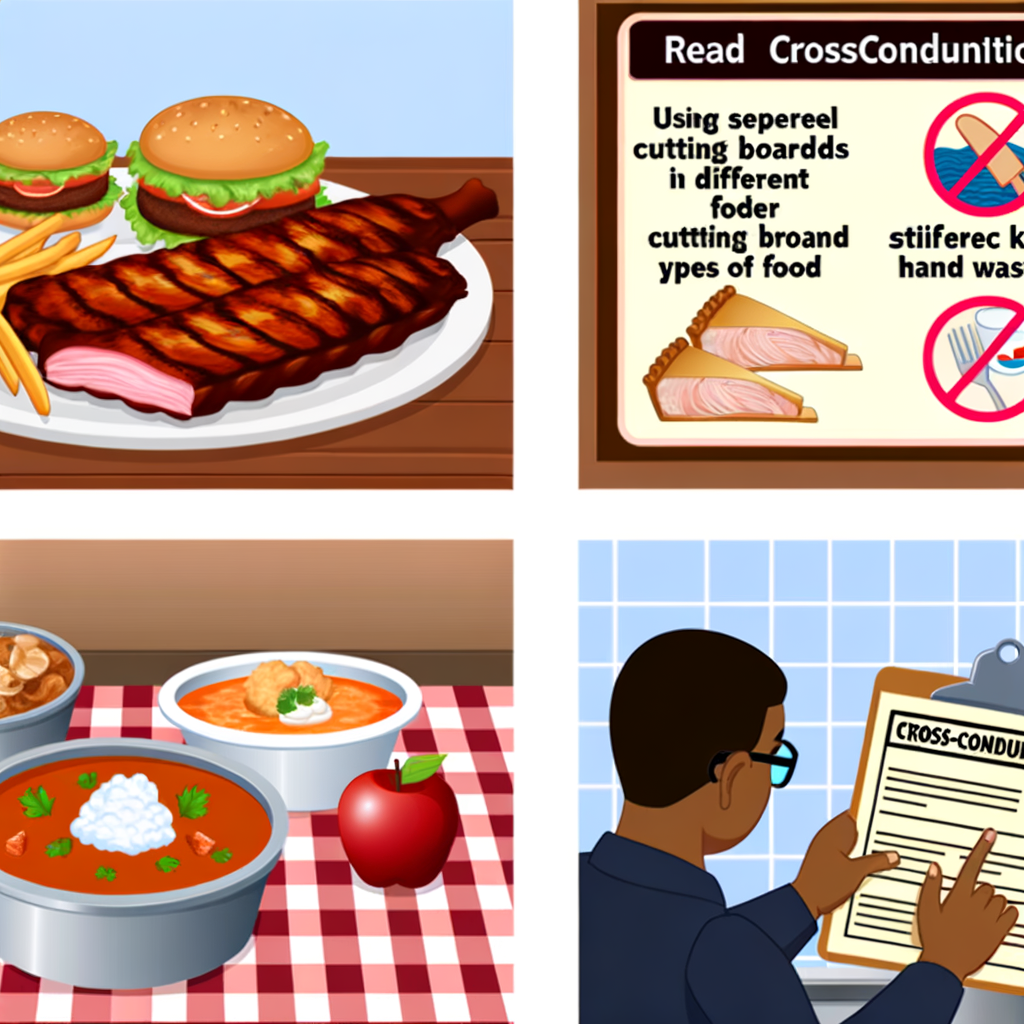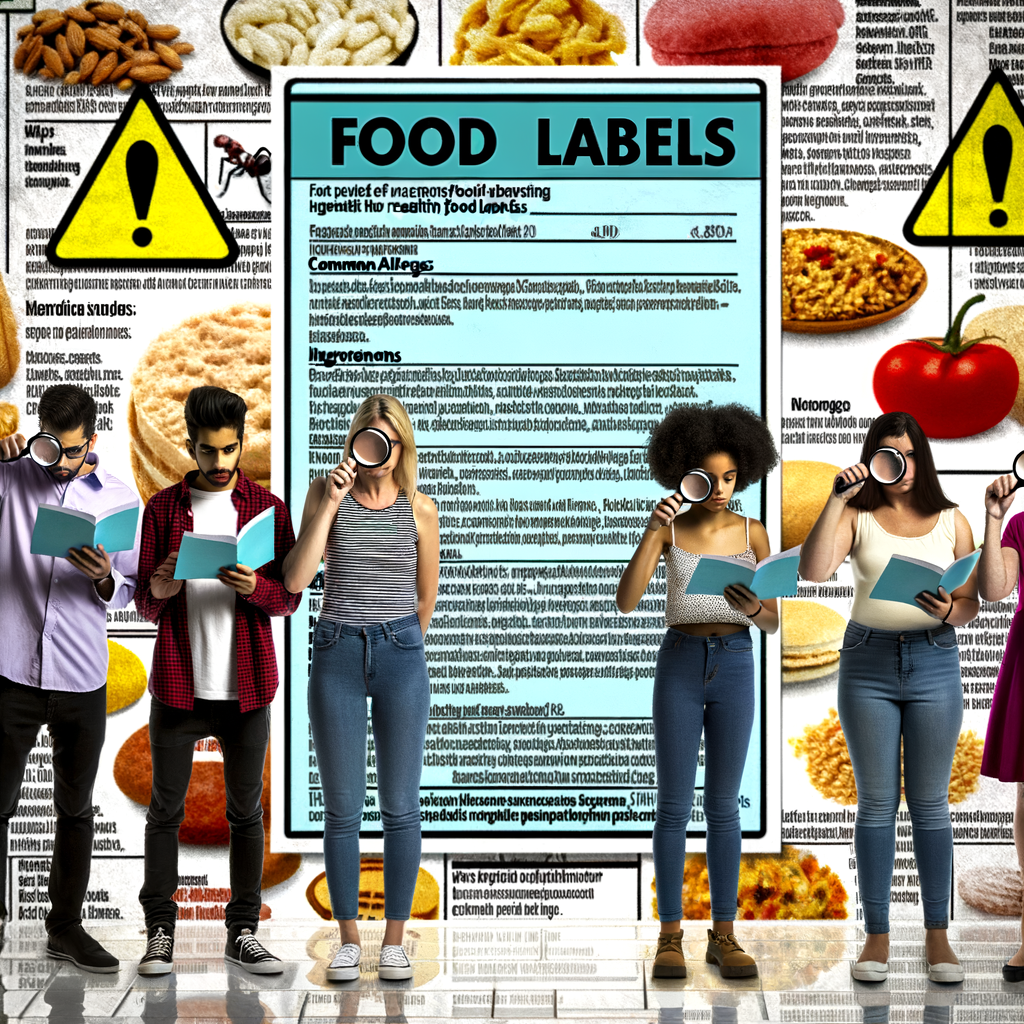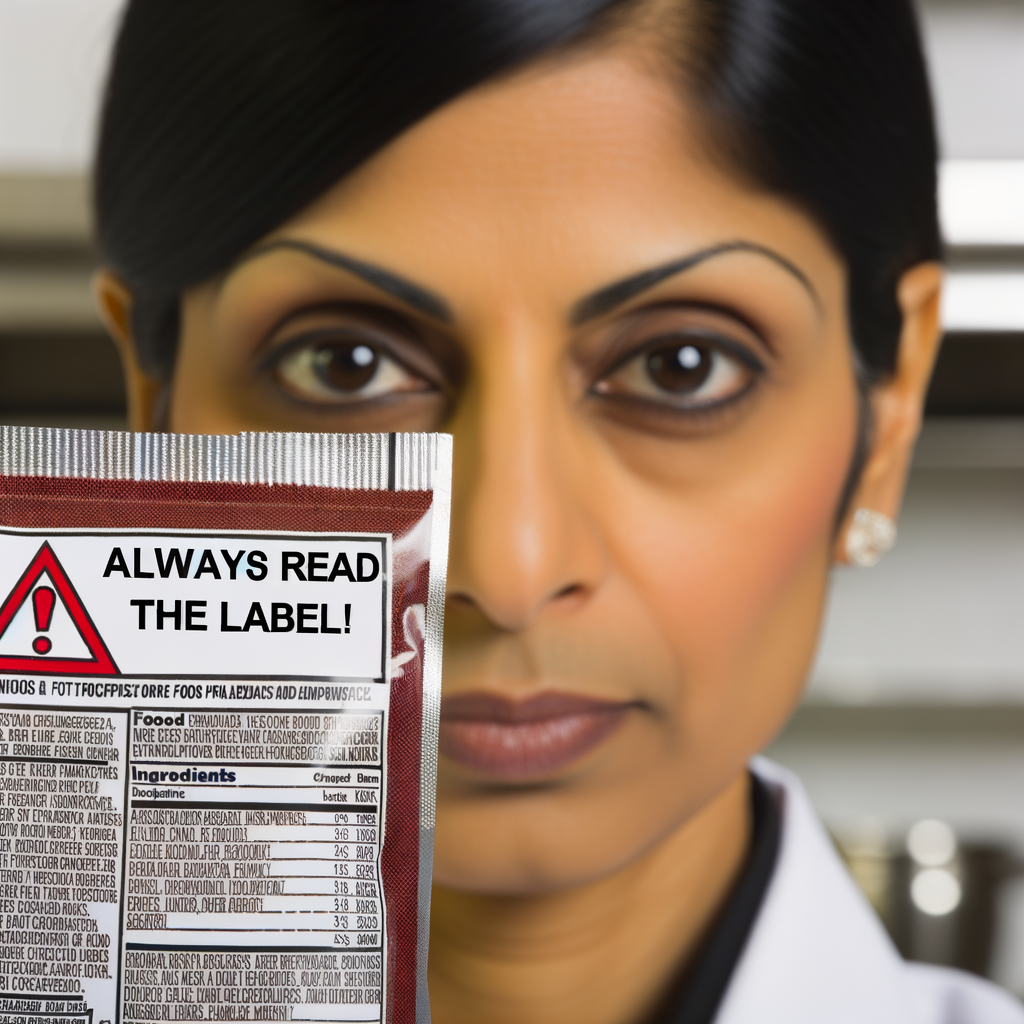Food allergies affect millions of Americans, making it a major public health concern. As an expert chef, it’s important for me to understand how to prepare and serve food that is safe for all of my customers, including those with food allergies. One crucial step in ensuring food safety for those with allergies is proper label reading. In the United States, manufacturers are required by law to clearly label the top eight allergens: milk, eggs, fish, crustacean shellfish, tree nuts, peanuts, wheat, and soy. These ingredients must be listed in plain language on food labels, making it easier for consumers to identify potential allergens. However, it’s important to note that there are many other potential allergens that may not be required to be listed, such as sesame, mustard, and sulfites. This is why it’s important to carefully read labels and familiarize yourself with ingredients that may cause reactions. When preparing food for someone with a food allergy, it’s also important to thoroughly clean and sanitize all utensils and surfaces to prevent cross-contamination. By taking the time to carefully read labels and understand potential allergens, we can create a safe and enjoyable dining experience for all of our customers.





